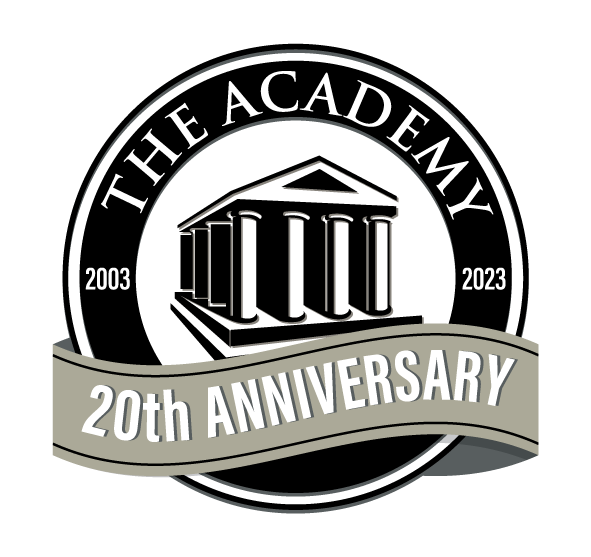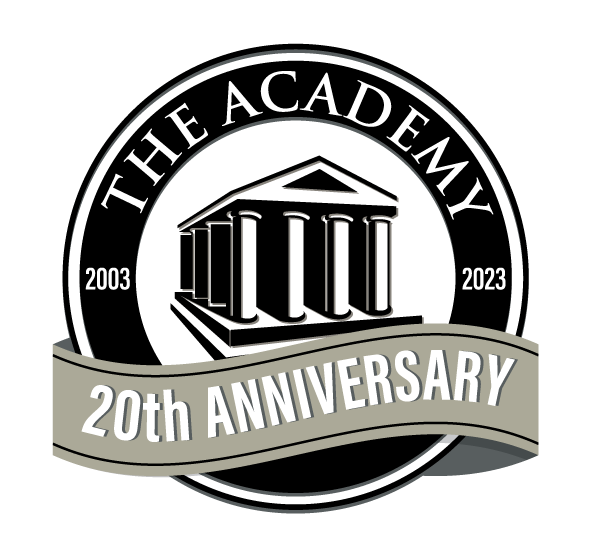Course Overview
This eLearning bundle consists of these 3 courses:
- Machine Learning For Absolute Beginners
- Machine Learning In The Cloud With Azure Machine Learning
- Machine Learning with TensorFlow
Course Topics
Machine Learning For Absolute Beginners – 6 hours and 43 minutes
If you’ve ever wanted the Jetsons to be real, well we aren’t that far off from a future like that. If you’ve ever chatted with automated robots, then you’ve definitely interacted with machine learning. From self-driving cars to AI bots, machine learning is slowly spreading its reach and making our devices smarter. Artificial intelligence is the future of computers, where your devices will be able to decide what is right for you. Machine learning is the core for having a futuristic reality where robot maids and robodogs exist. Machine learning includes the algorithms that allow the computers to think and respond, as well as manipulate the data depending on the scenario that’s placed before them. So, if you’ve ever wanted to play a role in the future of technology development, then here’s your chance to get started with machine learning. Because machine learning is complex and tough, we’ve designed a course to help break it down into more simple concepts that are easier to understand. It also requires you to have some experience with Python principles which will be required when we put the algorithms to test in actual real-world Python projects. The course covers a number of different machine learning algorithms such as supervised learning, unsupervised learning, reinforced learning and even neural networks. From there you will learn how to incorporate these algorithms into actual projects so you can see how they work in action! But, that’s not all. At the end of each unit, the course includes quizzes to help you evaluate your learning on the subject.
Machine Learning In The Cloud With Azure Machine Learning – 2 hours and 59 minutes
With the arrival of cloud computing and multi-core machines, we have enough compute capacity at our disposal to churn large volumes of data and dig out the hidden patterns contained in these mountains of data. This technology comes in handy, especially when handling Big Data. Today, companies collect and accumulate data at massive, unmanageable rates for website clicks, credit card transactions, GPS trails, social media interactions, and so on. And it is becoming a challenge to process all the valuable information and use it in a meaningful way. This is where machine learning algorithms come into the picture. These algorithms use all the collected “past” data to learn patterns and predict results or insights that help us make better decisions backed by actual analysis. You may have experienced various examples of machine learning in your daily life. Machine learning is used to build models from historical data, to forecast the future events with an acceptable level of reliability. This concept is known as predictive analytics. To get more accuracy in the analysis, we can also combine machine learning with other techniques such as data mining or statistical modeling. This progress in the field of machine learning is great news for the tech industry and humanity in general. But the downside is that there aren’t enough data scientists or machine learning engineers who understand these complex topics. Well, what if there was an easy to use a web service in the cloud, which could do most of the heavy lifting for us? What if it scaled dynamically based on our data volume and velocity? The answer is the new cloud service from Microsoft called Azure Machine Learning.
Machine Learning with TensorFlow – 1 hour and 14 minutes
TensorFlow is an open source software library for numerical computation using data flow graphs. The flexible architecture allows you to deploy computation to one or more CPUs or GPUs in a desktop, server, or mobile device with a single API.This video addresses common commercial machine learning problems using Google’s TensorFlow library. It will not only help you discover what TensorFlow is and how to use it, but will also show you the unbelievable things that can be done in machine learning with the help of examples/real-world use cases. We start off with the basic installation of Tensorflow, moving on to covering the unique features of the library such as Data Flow Graphs, training, and visualization of performance with TensorBoard—all within an example-rich context using problems from multiple sources.. The focus is on introducing new concepts through problems that are coded and solved over the course of each section.


